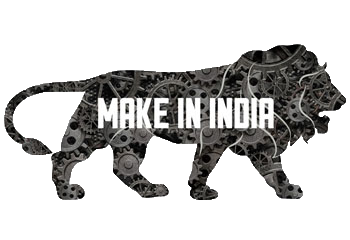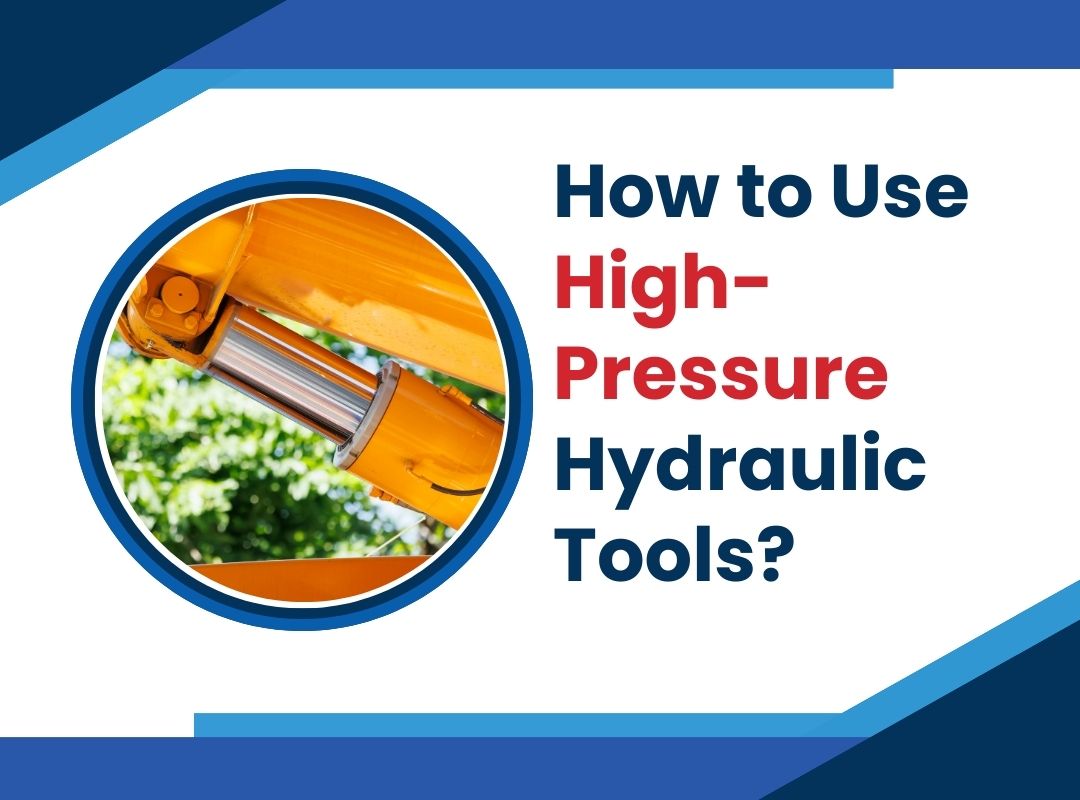If you have been working with hydraulic machinery, you might know how easy it is to work with them. Though these are considered the safest methods of applying force, they are powerful tools to handle safely. So this article has articulated some essential factors to consider while handling high-pressure hydraulic tools.
Now let’s get started.
One of the biggest strengths and weaknesses of hydraulic machinery is it’s easy to work with. But this alone can lead to a lot of mishappenings if they are not handled appropriately. So it is crucial to follow a particular set of rules to get the best from these machines while maintaining the safety protocols.
The Standard Safety Rules and Precautions
The first and foremost rule is to wear safety equipment like gloves, boots, safety glasses, or safety shoes before you start working in the hydraulic machinery environment.
The next thing to ensure is whether you are fully aware of the machinery and how it’s working. Although most engineers follow the basic safety measures to avoid accidents, some unexpected accidents come into the picture when they don’t operate the machinery correctly. So it is crucial to learn about the machinery first.
Key Points to Remember When Lifting Weights
When you utilize a hydraulic power jack to raise big weights that exceed the stipulated capability, you may encounter problems. The cylinders are not the only ones that get damaged, but they can also result in blown seals and bent plungers.
So while lifting weights, follow the below-given precautions,
- Estimate the load weighs and apply the suitable safety factor
- Remember some pumps will be equipped with relief valves, while some may not
- It is vital to use the gauge as these devices will indicate which operating loads are safe
- Ensure whether your environment is safe before you advance or retract a cylinder
Looking after hydraulic cylinders
There are two types of cylinders used in hydraulic systems, namely single-acting and double-acting.
The single-acting cylinders come in different types; They are pulled, pushed, load return, and spring return.
The double-acting cylinders work with the use of hydraulics and advance and retract.
Safety Guidelines and Rules for Cylinders
1. Before placing the cylinder on the ground, it is crucial to ensure that the base can bear its weight. So if the base is not that strong, it is recommended to use a jacking base or a steel or timber plate to spread the load.
2. The saddle must have the load spread across it and not point loaded.
3. Fix the cylinders in a position so that there will be enough space to extend them.
4. Temperature above 65 degrees is considered excessive. So it will affect the hoses and other parts of the hydraulics.
5. If you plan to add oil to the pump, ensure if the cylinder is already extended. If too much oil is in the system, then your reservoir can get pressurized and blow.
Hydraulic Hand Pumps
The hand pumps might be either power-assisted or manually operated in nature. If the applications require lower speed, manual working is feasible. Whereas if the applications need faster movement, then it needs a power pump.
It is crucial to ensure that the pump valve suits the cylinder. If it is a single-acting cylinder, a pump comes with a 2-way or 3-way valve. If it is a double-acting cylinder, it is crucial to find the 4-way valve, which means it has 2 outlets. But it could be dangerous if a 2-way valve is used in combination with a double-acting cylinder.
Dangers with Hydraulic Hoses and Couplers
When heavy objects or loads are dropped in the hoses accidentally, they severely damage them. So if things like this happen, it is recommended to check the part again.
Also, it is much necessary to ensure that all fittings, hoses, and connections are tightened and must comply with the amount of pressure they will be able to handle within a specific system.
Oiling the System
It is advised to use the hydraulic oil specified by the Hydraulic Manufacturer. Also, you need to change the oil periodically. Thus this will ensure that the system doesn’t get damaged by dirty oil.
Conclusion
If the right equipment is used and maintained regularly, then you can easily handle the hydraulics system safely. We hope that this article was insightful.


